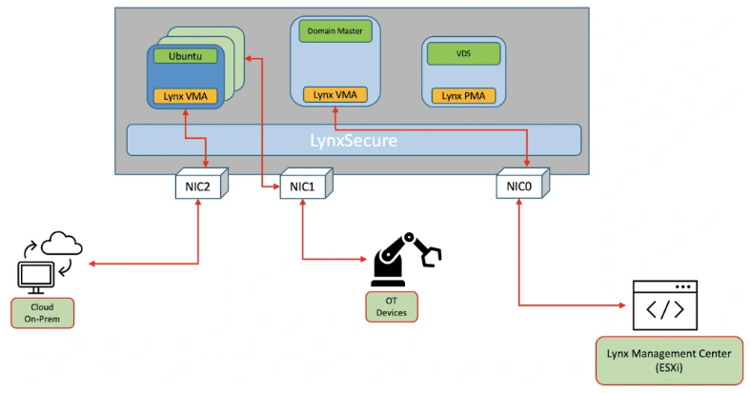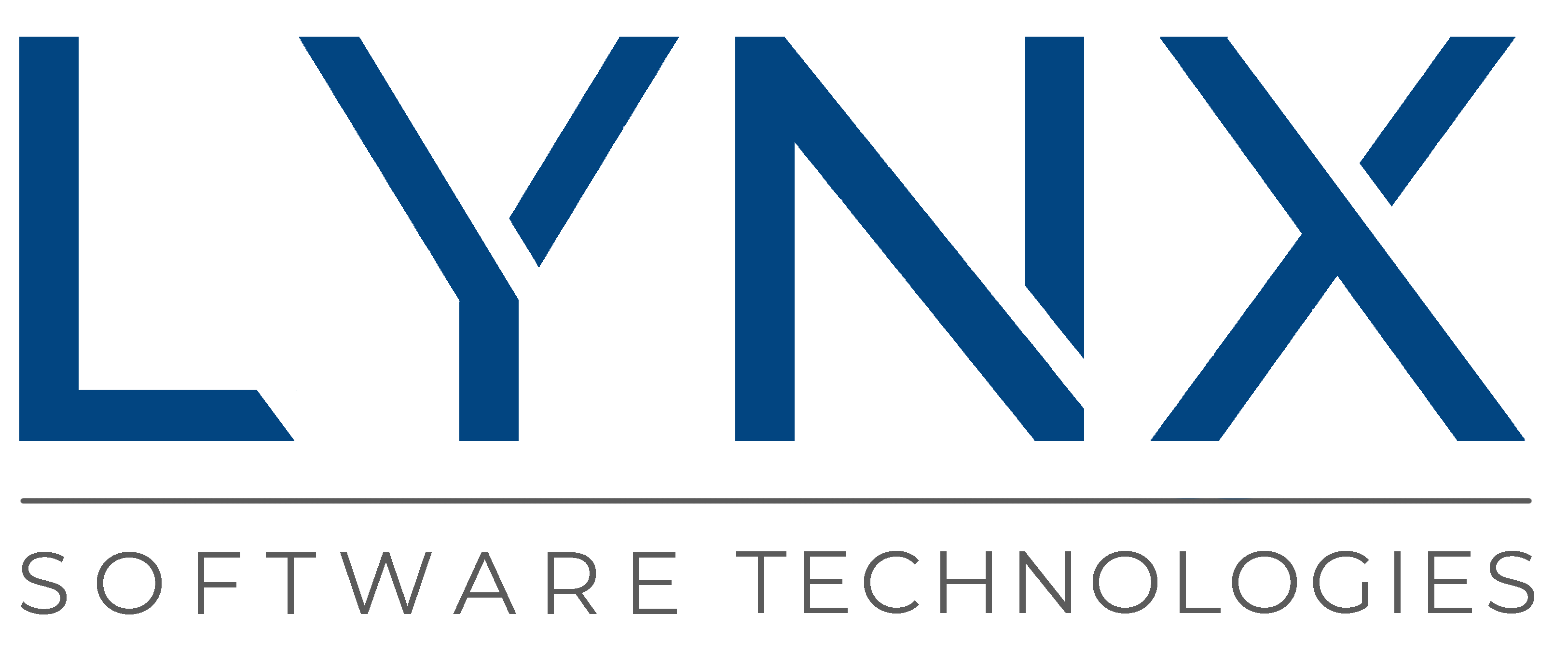 As Voltaire once said (and Peter Parker’s uncle in Spiderman repeated), “With great power comes great responsibility.” The data that can be gleaned from sensors is incredibly powerful, however, with the prevalence of network hacks, there is considerable risk of actual revenue loss and corporate reputational loss for systems that are compromised. In the early days of IoT, people gave little thought to security. What’s the worst that could happen if someone gained access to a connected toaster or toilet? The 2016 Mirai attack changed that mindset, as companies like Twitter, Spotify, PayPal, Ticketmaster, and others experienced DDoS attacks initiated by DVRs that had been reprogrammed by hackers.
As Voltaire once said (and Peter Parker’s uncle in Spiderman repeated), “With great power comes great responsibility.” The data that can be gleaned from sensors is incredibly powerful, however, with the prevalence of network hacks, there is considerable risk of actual revenue loss and corporate reputational loss for systems that are compromised. In the early days of IoT, people gave little thought to security. What’s the worst that could happen if someone gained access to a connected toaster or toilet? The 2016 Mirai attack changed that mindset, as companies like Twitter, Spotify, PayPal, Ticketmaster, and others experienced DDoS attacks initiated by DVRs that had been reprogrammed by hackers.
Of course, one (arguably Luddite) strategy is to remove external connectivity for some critical systems. Then, the only way they can be tampered with is from within, which is still a problem, but a more tightly manageable one. But for IoT networks to reach their full potential, they must be architected to remain viable as deployed systems for decades. This means planning for (and recovering from) cyberattacks, involving remote management and automated delivery of new functionality.
Previously, the merging of operational technology (OT) and IT worlds - training AI and machine learning models in the cloud and deploying cloud-based workloads at the edge - posed security challenges in mission-critical industrial environments.
LynxSecure, the separation kernel hypervisor from Lynx, provides a foundational technology build block that solves that. It delivers immutable isolation and non-bypassable security to give plant or facility managers confidence the solution meets the OT security requirements.
Our announcement in April 2022 of delivering a proven solution with Google Anthos means that now an entire Kubernetes cluster can be run locally in as little as one hardware system at the edge. In the first use case for vision systems, Lynx ensures the three functions - image capture (camera), insight via inference engine (Google Anthos) and the action with a supervisory controller - are completely sandboxed with secure, one-way communication between applications if desired.
Lynx technology has traditionally been associated with residing inside a specific embedded system such as a mission computer in an aircraft or helicopter. The shift underway across multiple industries (some slower than others) is the creation of “systems of systems”. Multiple systems connecting together securely to share information and derive insights from data. This is shifting the type of discussions we are having with our customers and changing the landscape of our partner ecosystem, as evidenced by the arrival of Google. This engagement is the first of a number of exciting announcements that will be forthcoming associated with this shift.



 Ian Ferguson | VP Marketing
Ian Ferguson | VP Marketing



